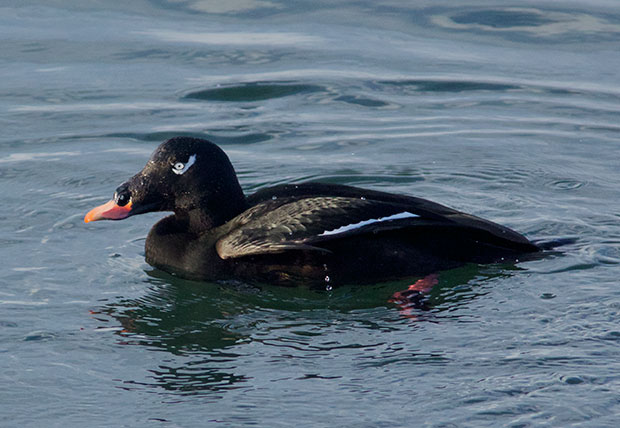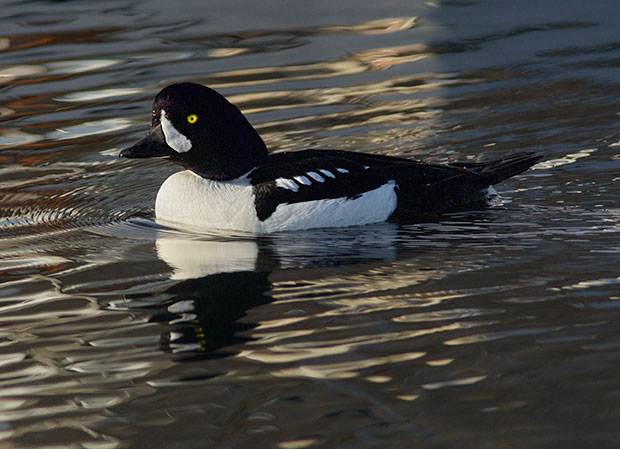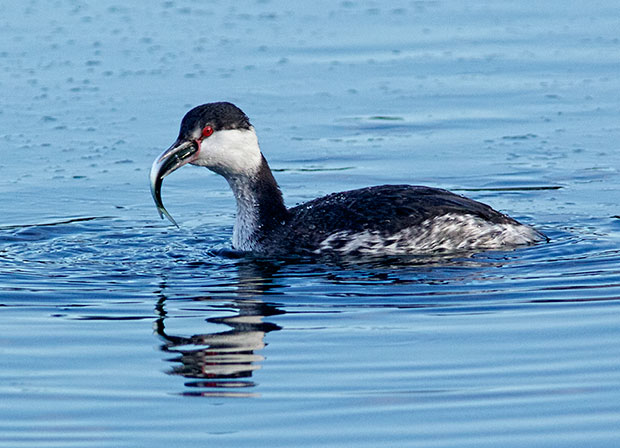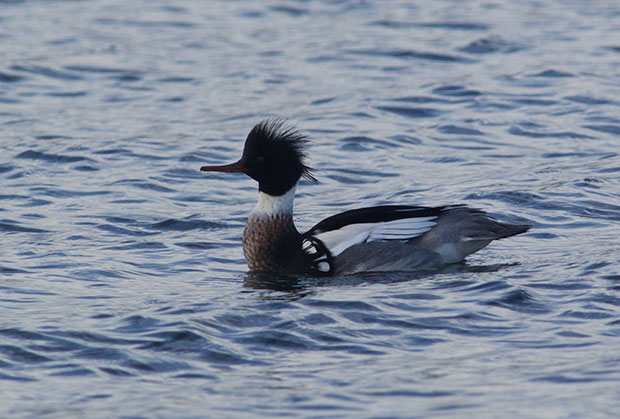I’ve been spending considerable time at the authentichappiness site after starting a TED course entitled Psychology: Understanding Happiness. One of the newsletters entitled “Collection” by Barry Schwartz, author of The Paradox of Choice, seemed particularly relevant after spending hours trying to find the “perfect” Christmas presents for kids and grandkids.
This quote, in particular, seemed relevant:
It’s a real challenge to maintain reasonable expectations in the modern world. The combination of material abundance, almost unlimited freedom, and overwhelming choice conspire to create the highest of expectations. I think that runaway expectations help explain the epidemic of depression that I mentioned to you before. My guess is that along with your increased ability to take control over your lives has come an even greater increase in your expectations about what aspects of your lives you should control, and what you should achieve with that control. Your grandparents had different expectations. For them, not everything was possible. For them, life was meant to be lived with and for others, subject to many constraints.
Compared to the way I grew up, there’s no doubt I have achieved “material abundance,” beyond my wildest dreams as a child. Though certainly not rich, I am free to buy almost any present a grandchild would want without worrying very much about the cost. I generally set limits for presents because it seems fairer to me, but I’ve been known to double those limits if I think it’s the best present for a particular grandchild.
Access to the internet has given all of us “overwhelming choice.” If I can’t find what I want in the infinite number of catalogs that appear in the mailbox, all I have to do is log on to Amazon and there’s a whole new world of choices.
Although I spend much time looking for the right gifts, I feel lucky if half the grandkids are really excited by their presents. It doesn’t help that most of the grandkids are getting presents from three or four sets of grandparents, each one trying to get the “perfect” gift. Individual gifts sometimes seem to get lost in the stacks of presents that surround kids. It can be even more disappointing when you check later and the kid has hardly played with that expensive present that you thought they “had to have.”
To make matters worse, I’m suspect I’m what Schwartz calls a “maximizer.”
Choice overload is a problem for everyone, but it’s a special problem for people who feel like they have to get the best when they make decisions–the best college, the best job, the best romantic partner, the best car, the best stereo, the best investment, and yes, the best jeans. Andrew Ward and I call such people “maximizers.” For people like this, choice overload can be a nightmare, for the only way to know you’ve got the best is by examining all the alternatives, by doing an exhaustive, and exhausting, search. And the impossibility of doing such a search almost guarantees that you’ll regret decisions, even if they’re good. In contrast, people who are satisfied with a good enough option–we call them “satisficers”–can stop looking as soon as they find one, and relax.
This used to be even more of a problem when I still believed that Christmas should be the “magical” time of the year it was when I was a child and received one or two presents during a whole year, one on Christmas and another five days later on my birthday. I can still remember more than half the Christmas presents I received as a child because they were so important to me. My grandkids have so many toys and there’s so much emphasis on the commercial aspect of Christmas I no longer believe it’s possible to create that feeling for them. The more toys they get, the less important each toy becomes, and I see no way around that.
If I was only overwhelmed by such choices at Christmas time, I suppose I could dismiss the problem as relatively unimportant. Unfortunately, that’s not true. I face the problem every time I shop for camera gear. I used the same Minolta camera that I bought in Vietnam until I retired from teaching 35 years later. Sure, I added new lenses, but the other cameras weren’t superior enough that I felt the need to replace the camera itself.
I celebrated my retirement by buying a $1,000 Nikon digital camera, that was little more than a point-and-shoot camera. It took nice close-ups and scenic shots, though I still relied on my 35mm Minolta if I wanted “permanent” pictures. Four years later I switched to my first Canon Rebel, only to discover that it woke up from sleep mode so slowly that it was useless for birding. About the time it woke up, the bird had disappeared.
For better or worse, cameras have become the new “computers,” rapidly advancing to the point you feel a constant need to upgrade gear. Anyone who’s looked at even the number of high-end Canon cameras available, much less the entire range of equally superb Nikon cameras, knows how difficult it is to make the best choice. Combined with a seemingly infinite number of high quality lenses, each with their own special advantages and disadvantages, not to mention price ranges, the choices become overwhelming.
I think I’d be appalled if I knew exactly how much time I’ve spent reading about gear, particularly when a new camera or a new lens comes out. Judging from the number of sites devoted to reviewing camera equipment, it’s clear I’m not the only one obsessed with buying the “best” equipment.
Unfortunately, Schwartz’s summary fits me better than I’d like to admit:
A wealth of options creates an opportunity, to be sure, but it also creates a problem that has to be solved. It forces you to have to put time and effort into decisions, even about trivial things. It causes you to worry, if you choose without having explored all the possibilities, that maybe you’ve made a mistake. It forces you to make tradeoffs, passing up an option with one attractive feature to select a different option with another attractive feature. It raises your expectations about just how good the thing you finally choose will be. Expectations can get so high that no result will meet them, no matter how good it is. And finally, it induces you to blame yourself when the choice you make after lots of hand wringing turns out to be less than perfect. Massive effort in making decisions, passed-up attractive alternatives, disappointing results, and self-blame. This is not a recipe for well-being. Yet it is a recipe that more and more people seem compelled to follow.
This seems to be the business model that Canon, and Nikon, rely on to make a profit from their high-end cameras, particularly those a notch below the professional line, where you’d hope people making their living from photography would be able to distinguish real advantages from imaginary ones. People like myself are considered “prosumers,” hobbyists who are gradually willing to spend more for equipment once they get hooked on amateur photography.
Truthfully, I consider the money I spent on my top-of-the-line camera well worth it, but I can’t say the same for my 500mm telephoto lens. The top-of-the-line camera allows me to get auto focus while using a multiplier on my 400mm lens. It’s the set-up I use for 90 per cent of my photos. The 500mm lens is a great lens, and I have gotten some of my very best shots using it. But it’s too heavy to hand shoot and requires a heavy-duty tripod. I soon discovered that I’m not the kind of person who’s willing to sit in one spot for four, or more, hours waiting to capture a shot. I want to walk when I’m outdoors, and I can’t do that with a heavy lens. I ended up blaming myself for listening too much to other birders and to “experts” who claim you need a 500mm, 600mm, or, recently, a 800mm lens to get the best shots.
When people I meet while I’m out shooting say they wish they had my camera, I’m quick to point out that if all they want to do is post to the web, any point-and-shoot camera that has the right lens for them will produce as good of picture as you can post. All of my shots have to be “degraded” before posting so that visitors can download them in a reasonable length of time. Now, if only I could take my own advice.
Like this:
Like Loading...




